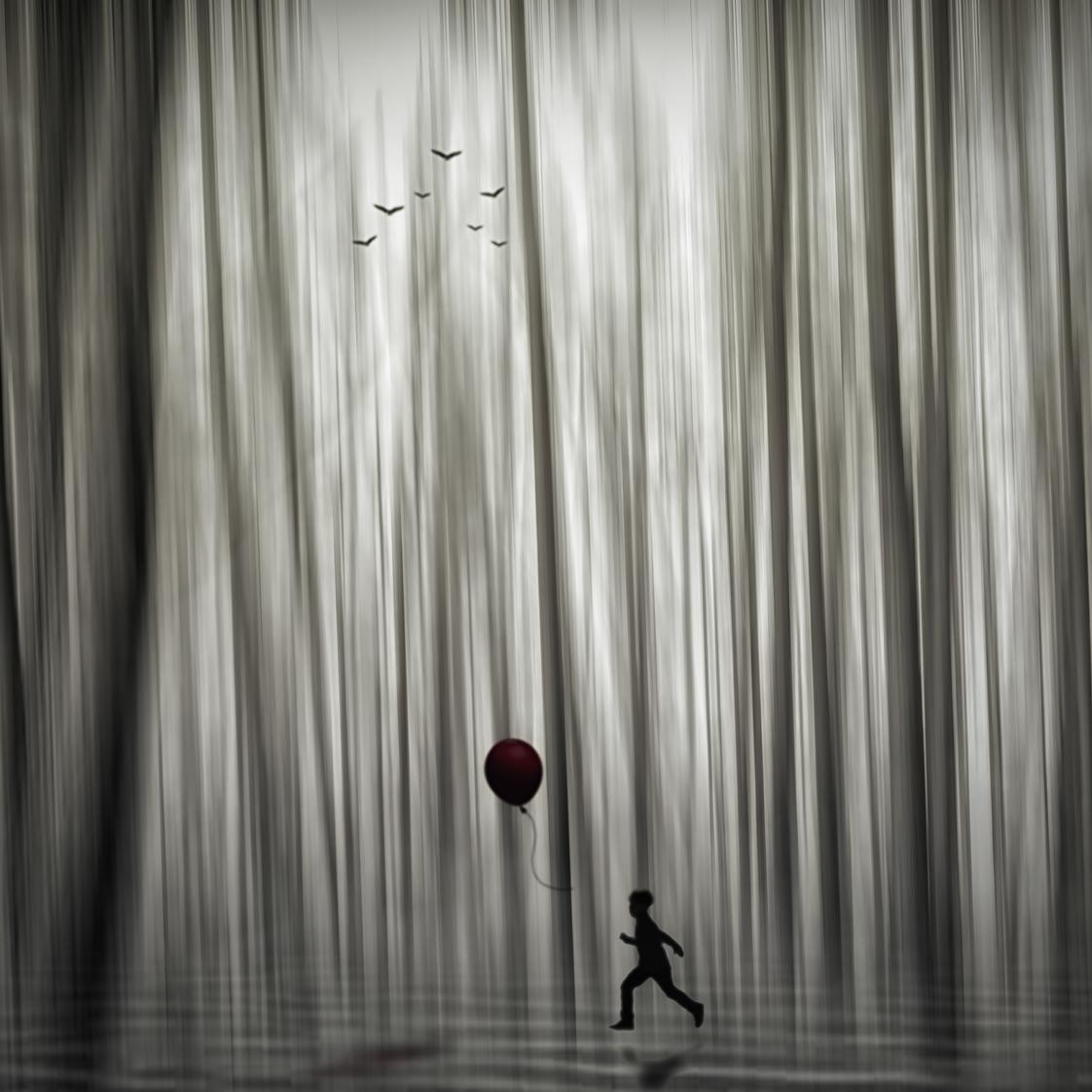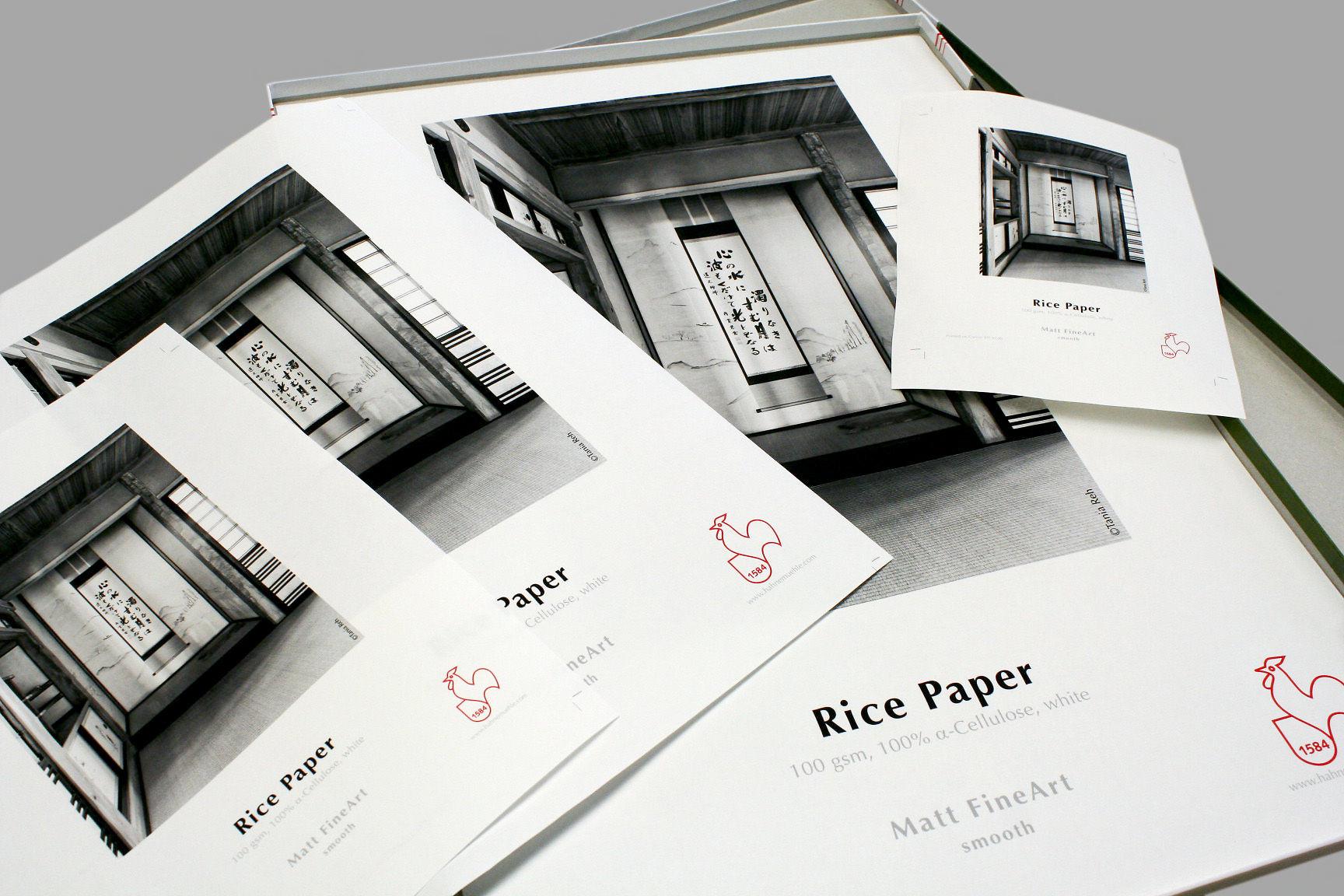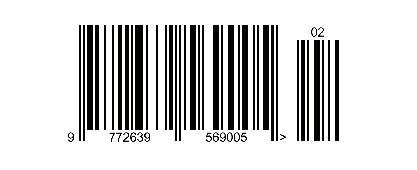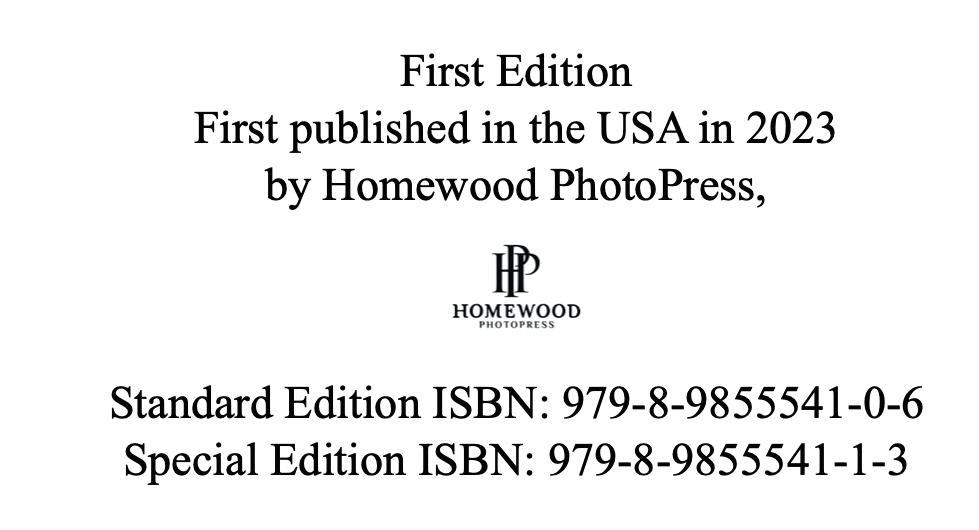INTERVIEW
www.bastiaanwoudt.com

Bastiaan Woudt (1987, NL) is a sought-after photographer that started a mere ten years ago without formal training. Besides his raw talent, he owes his rise in the art world to a strong work ethic and an entrepreneurial edge. From emotive portraits to mystic landscape photography, he is known to capture monochrome minimalism at its finest.

Bastiaan Woudt began his journey into photography both by diving into photography books and experimenting with modern techniques. He learned from the masters such as Irving Penn and Richard Avedon while exploring his own artistic instinct. Soon enough, Woudt was winning International awards and saw his work hung up in high-end galleries.
With charcoal tones and elegant compositions, his photography feels like stepping into a modern painting. Light and shadow dance elegantly. You'll find a hint of surrealism as the sober shades ask you to see only the essence and awakens every detail. His work is minimalistic yet moves, playing with the beauty of imperfection — again, inspired by 50s, 60s, and 70s photography. He honors this photography while exploring how modern in-camera methods and post-production can elevate the style of today.
Besides being a renowned photographer, Woudt has an entrepreneurial side too. A love for photography books and elevated aesthetics inspired him to start his own business. 1605 Publishers is a platform for emerging and established artists and a publishing house for his own photography books as well as those of others. He also offers products like book stands and continues to explore the many possibilities of his business edge.
PREVIUOS PAGE: Rhythm ► © Bastiaan Woudt Model: Tinotenda Mushore
10
by Photographize
We understand that becoming a professional artist was not your original plan, but it became a reality later in life. Tell us a bit about those beginnings and the moment the in which the direction of your life changed.
I had a different personal life path in mind when I was growing up. I had always worked in restaurants and hotels and wanted to start my own restaurant one day. When my first son was born, I bought a professional camera to photograph him and soon fell in love with taking pictures. One thing led to another, and shortly after the birth of my son, I caught myself photographing more and more. Photography by then had become more than a passion, an obsession.
After those early days, your ascent has been truly meteoric, developing a unique style and worldwide recognition in a relatively short period of time. What were the challenges and rewards of such an experience?
One of the big challenges I faced was managing my time and the habit of wanting to do everything myself. I am a perfectionist and find it hard to let go of things when it comes to my own work. Over the years, I have started to involve more and more people in my work and so I now work with a determined and professional team of great people. I have learned that if you let go of certain tasks and delegate, there is more room for creativity and entrepreneurship. The biggest rewards come when my work is shown and I see people enjoying or even moved by my art. Also, I really feel appreciated when I see my books being sent around the world. The reactions that I and my team receive are just really heartwarming.
What is the magic of monochrome photography?

Colour photography is very distracting for me. My work is really about lines, about textures, shapes, abstraction, and character. that is where in my mind monochrome photography really shines. You take away a part of reality by removing colour. My intention is not to give a representation of reality, I want to invite people into my world.
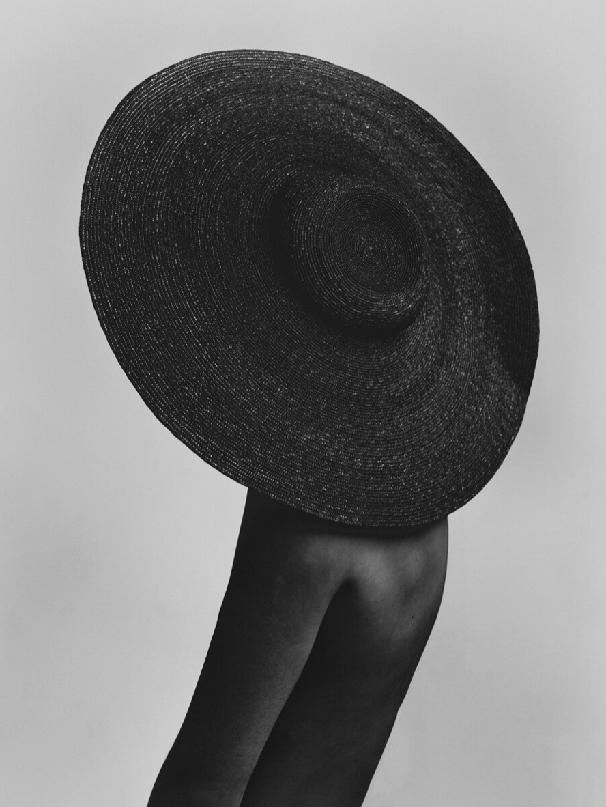
11
Carlos ► © Bastiaan Woudt Model: Carlos
Hikage ► © Bastiaan Woudt Model: Jolien Berkel
How would you describe your style and how did you create it?
I describe my style as a graphic. High-contrast, mysterious, sometimes imperfect, yet other times clear as day. A mix in which people, objects, and landscapes alternate. Inspired by the old masters of photography, with a touch of pictorialism here and there.




Have you been influenced by other art forms beyond photography?
I really enjoy looking at other forms of art, perhaps even more so than photography itself. I am touched by the sculptures of Richard Serra, and the drawings of Marlene Dumas. The charcoal drawings by Robert Longo and the paintings by Gerhard Richter. I think it is good not to focus too much on the art form you make yourself, but above all to be inspired by other forms of art.
You have a year-long collaboration with model Tinotenda Mushore. This joint journey is documented in your First book “Tino”, which was an absolute success. Tell us about the model-photographer connection and how it contributed to you as an artist.
I met Tinotenda about eight years ago during the first shoot we planned. It clicked immediately and I knew after seeing the first images that this could be a collaboration of great significance. 8 years later, this has become a reality and we have several shoots together every year. It is very special to work with someone who understands everything about your art. Creating magic every time, almost without using words. Tino understands my creative process, and I understand hers. It is a truly collaborative effort.
12
Model: Tinotenda Mushore
Model: Tinotenda Mushore
Stratum ► © Bastiaan Woudt Double Circle ► © Bastiaan Woudt
Last year you published “Rhythm”, a beautiful book providing a retrospective of your work until now. What is its significance in your career? Why did you call it “Rhythm”?


During the pandemic, I took the time to go through 10 years of archives and selected the most personally memorable moments. I wanted to celebrate my 10 years as a photographer in 2021 with a big retrospective book. I designed the book myself and self-published it with my company 1605 Collective. While designing the book, it was of the essence that every image on every page had a certain correlation with the one that came before and after. There needed to be a connection, a flow, rhythm.
You have captured places like Nepal and Morocco. How do you approach the interactions with the local population and how are they reflected in your photography?
During my travels through Nepal and Morocco, I focused on all facets of photography: landscapes, still lifes, and portraits. The interaction between me and the local people was sometimes a challenge. In Morocco, I did not speak the language and we did not have an interpreter with us. So there, most communication was mostly non-verbal, and with showing previous work. In Nepal, we were with a large team of porters, cooks, and guides. These were able to overcome the language barrier by acting as interpreters. All the people I met along the way were portrayed with respect and dignity. I want to show the beauty of human beings. In my view, this has been well achieved and published in, for example, the book "Peak", my project in Nepal.
13
Alek ► © Bastiaan Woudt
Dress ►
Model: Alek Elegance ► © Bastiaan Woudt Model: Alek
NEXT PAGE: Berber
© Bastiaan Woudt Model: Malika Ouacha
How do you manage to give a fresh perspective to places that have been documented by many photographers in the past?
By staying close to yourself. What is it about a place or person that interests you? It no longer takes effort to stay true to a style, because it has become second nature to me. So while creating the work, you are only concerned with your own curiosity and the urge to discover new things. When you do this structurally, you always bring something with you that is different from what anyone else can do.
You are a multidimensional individual, who is not only a talented artist but also a gifted entrepreneur. Tell us about 1605 Collective, your own publishing house. How do the photographer and the entrepreneur in you interplay and potentiate each other?

There has always been an entrepreneurial side to me. In the beginning, when I decided to start a publishing company, my only intention was to publish my own books. The process of making the book and everything involved gave me so much energy that I and my team decided to start publishing books for other artists as well. We recently made the decision to change the name 1605 Publishers to 1605 Collective, as we want to grow and also offer a curated range of products that are not necessarily manufactured by us. In addition to books, book stands, portfolio boxes, and limited edition prints, we will also start offering other products and collaborations with brands through our platform. We will also launch our first annual magazine this autumn. The icing on the cake as far as our creativity is concerned!
The prestigious Fahey/Klein Gallery in Los Angeles has started representing you, joining Jackson Fine Art in Atlanta and other galleries around the world. What are your expectations from this new partnership?
I’m super excited to start showing my work to art lovers and collectors in LA and the rest of the West Coast, exclusively via Fahey/Klein. It has always been a dream to have representation on this side of the USA. I am very grateful for that. It is a nice challenge to start standing out with my work among the hustle and bustle of Los Angeles, but I am confident about it.

Thula ► © Bastiaan
Model:
Model: Alek NEXT PAGE: Alek’s Twist ► © Bastiaan Woudt
Rabia Hat ► © Bastiaan Woudt Model: Rabia Omanette
Woudt
Thula
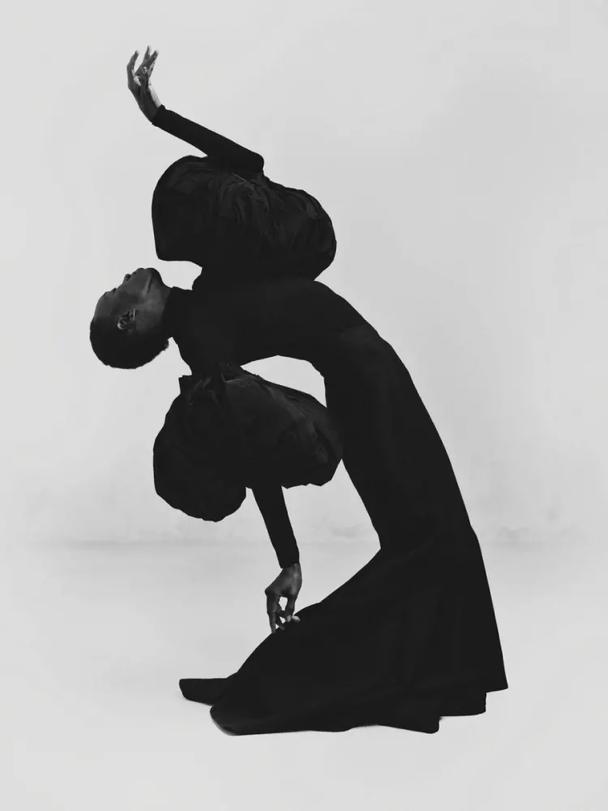

What would you have liked someone to tell you as you were taking your First steps in photography?
Don't compare yourself with others too much, stick to yourself. Be proud of what you do and always be nice to the people around you. The art world can be a tricky domain to navigate, so see if you can do things just a little differently. Be creative, playful, curious, and enterprising. I think if you do that, you will get there.

Figurative Expressionism


www.adamrichesartist.com
"For the most part, people show the outward appearance of order and civility but underneath that exterior, there's usually something far more interesting happening."
Adam Riches is an emerging British painter and draughtsman who primarily works in a monochromatic color palette. The characteristically stylized portraits and figurative works he creates are based on a sensitive response to the human condition, ranging from furious expressive moments to poignant and melancholy reflections.



His drawings are usually intuitive and are made spontaneously. As if they reveal themselves as he makes them. Many of his drawings are not necessarily specific people. He generally uses the human figure or particularly faces, as a kind of universal language.
"I was always interested in drawing as a child and drawing from my imagination... I feel lucky to take something I did when I was younger and turn it into a career."
by Photographize
► © Adam Riches
► © Adam Riches
18
► © Adam Riches

Adam's passion for art started at an early age. Rediscovering a childhood interest in "doodling" has helped him to forge his artistic career. He used to copy historical figures and create drawings from his imagination - a kind of doodle.
Today, using both pen on paper and oil on canvas, Adam' explores the human psyche and delves into the effects of current social and political issues upon individuals, as well as their behavior towards one another. Adam is especially interested in people's frailties and their fallibility—in particular, their potential for extreme behavior.
The success of Adam is remarkable. His works can be found in private collections throughout the world. In addition, Adam has participated in numerous international exhibitions and artist residencies.
19

20
► © Adam Riches
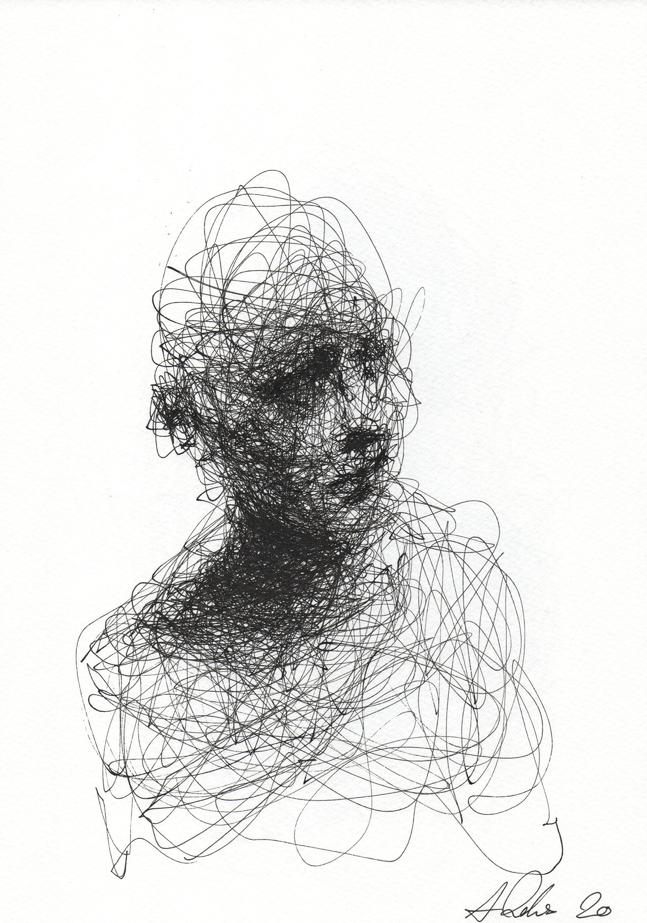


21 ► © Adam Riches



www.emmalouiseprin.com
"When I was studying at the Beaux-Arts, I discovered that it was possible to make a camera yourself, by drilling a tiny hole in the wall of a light-tight box. That by applying a photosensitive surface to the opposite wall and exposing it to light for several minutes, the inverted image of external reality would form on the paper. At first, I didn't really believe it, and then after several tries with a metal tea canister, I got a picture. I was really fascinated. For me, it was like doing magic."
Therefore, all of Emma's photographs are captured with a pinhole camera.

The pinhole is an inexhaustible source of creativity. Chance is entirely part of the process. You never quite master the technique. The image that will come out is always a surprise and from an error can emerge an unexpected image that none would ever have imagined. Yet it allows Emma to create images closer to her emotions. The very long exposure times allow movements, the double appearance of the same model, and parts of the body that extend, multiply, and disintegrate. She duplicates the same model, transforms it, and disgui ses it. The identity no longer matters, the models in her photos become mere bodies that no longer belong to them. The imperfection due to the almost primitive technique gives the illusion of everything.



24
FRANCE FEATURED PREVIOUS PAGE: Double ► © Emma Louise Prin Pour abreuver mon Sahara ► © Emma Louise Prin
Désillusion ► © Emma Louise Prin
J'ai perdu ton visage ► © Emma Louise Prin
Emma uses old and weathered negative films which allow her to obtain unexpected textures and stained images. She takes photos to tell stories, to illustrate feelings, and emotional life, so as not to forget without saying anything.
Her images evoke intimate subjects. What she photographs is the carnal sensation, the expression of desire, abandonment, lack, dejection, doubt, a need for consolation, love, and physical contact. The bodies are lonely, curled up, come out of themselves, move away, and disappear. They hug, kiss and touch. Eventually, the identity of the models no longer matters, they become mere bodies that no longer belong to them. Her images tell the memory of the skin and the soul. They try to speak the language of the body, to seize a moment that recedes, to visually transcribe an emotion felt.

Her pinholes are poles apart from perfection and digital mastery. Out of the box, each time comes to an image haunted by ghosts, imbued with a poetic melancholy that fascinates her.
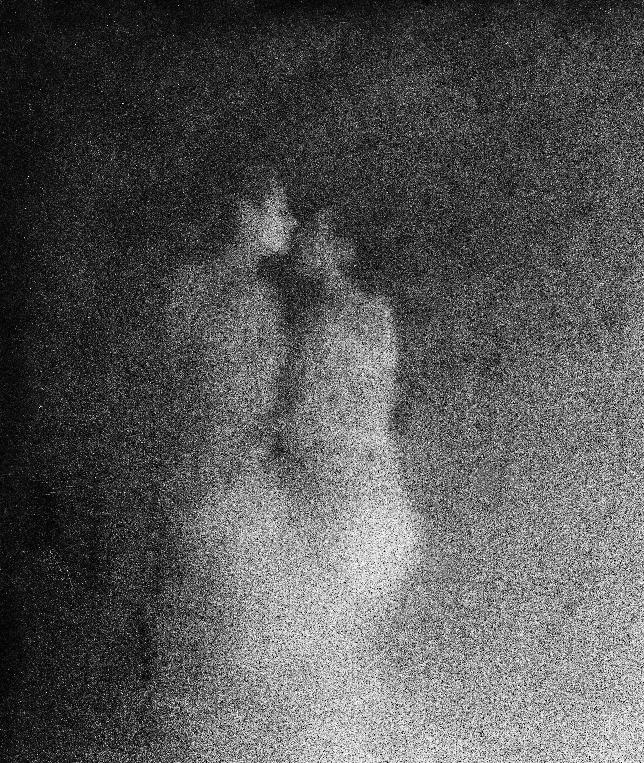

25
Sur les rails dans le noir ► © Emma Louise Prin




26
Où est le chemin de ma maison ► © Emma Louise Prin
Goutte de clarté ► © Emma Louise Prin
Histoire d'amitié ► © Emma Louise Prin
Cheveux ► © Emma Louise Prin
by Photographize

Norbert Becke is a passionate portrait and wildlife photographer. Today he is best known for his unique images of people. For these encounters he also travels to remote corners of the earth, such as to the indigenous people in the highlands of Papua New Guinea or to the isolated Huaorani in the deepest jungles of Ecuador. His photographs are never staged, but develop out of the moment. Again and again he is asked how he manages to gain people's trust so that they let him photograph them. Often it is only a brief moment that decides. Sometimes a gesture or a smile is enough to break the ice. Most important, however, is the respect he shows his counterpart. This is how fascinatingly intense portraits are created that captivate the viewer.
Norbert Becke studied graphic design in Mannheim, Germany. After a teaching assignment at the prestigious Merz Academy in Stuttgart, he first became self-employed as a graphic designer. Since 2001 he has been working as a portrait and wildlife photographer. His photodocumentary works have been published and awarded in various ways. Norbert Becke's photographs are part of many collections and have been shown in large solo exhibitions. For example, in the Leipzig Trade Fair on over 1,000 square meters, in the Theaterhaus Stuttgart with over 30,000 visitors and in the HafenCity Hamburg at a great open-air exhibition with 50 large formats photographs and more than 200,000 visitors.

ARTICLE www.norbertbecke.com
Man from Jaipur, India ► © Norbert Becke

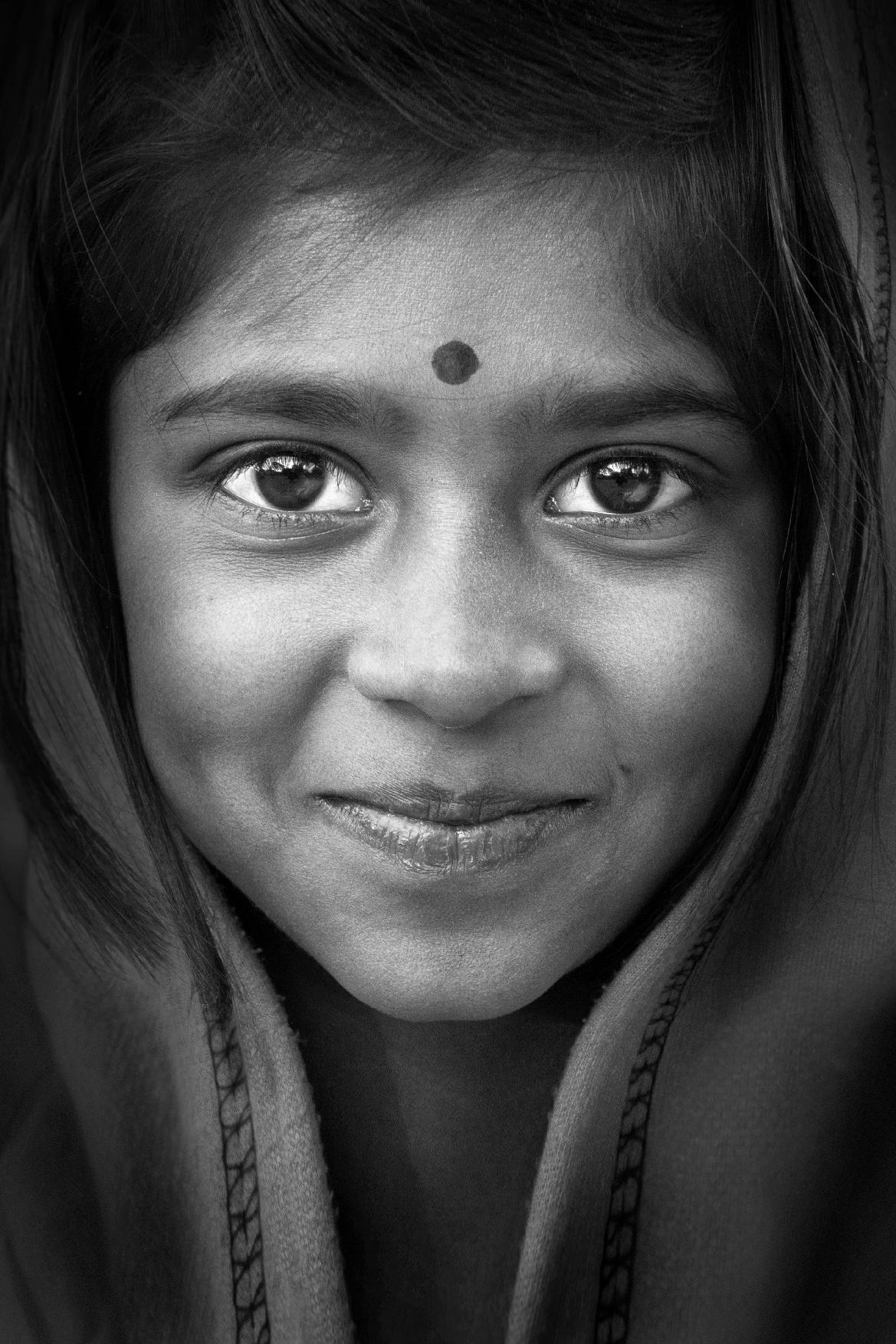

 PREVIOUS PAGE: Padmini, India ► © Norbert Becke
Man from Varanasi, India ► © Norbert Becke
Red Dao Girl, Vietnam ► © Norbert Becke
PREVIOUS PAGE: Padmini, India ► © Norbert Becke
Man from Varanasi, India ► © Norbert Becke
Red Dao Girl, Vietnam ► © Norbert Becke

 Borana Girl, Ethiopia ► © Norbert Becke Tenzin, Nepal ► © Norbert Becke
Man with Alpaca, Ecuador ► © Norbert Becke
Borana Girl, Ethiopia ► © Norbert Becke Tenzin, Nepal ► © Norbert Becke
Man with Alpaca, Ecuador ► © Norbert Becke



33

34
Shy Massai, Tanzanial ► © Norbert Becke


INTERVIEW
www.jonodryart.com
South African artist, Jono Dry, was born in Pretoria and raised in the beautiful seaside town of Hermanus, where he has lived, worked and exhibited for most of his young life.
Entirely self-taught, Jono opens his imagination using the help of a pencil and paper. In his unique hyperrealism drawing style, Jono adds impressive attention to detail with a surrealist point of view—making his work both technically stunning as well as conceptually compelling.
"I think being able to see how the work is created is important especially with hyper-realism. Often people don’t believe it's drawn and having a time-lapse of how its done goes a long way to showing just how much time goes into creating a work like this."
Who is Jono Dry? Tell us briefly about yourself.

I have been practicing pencil drawing professionally for the last 9 years and I now live and work in Cape Town.
When did you first realize your passion for art?
I've always loved drawing and would spend a fair bit of time as a kid drawing cartoons with friends. When I was about 12 my mother showed me a book called "Anatomy for the Artist" with pencil illustrations of human anatomy. I think I fell involve with drawing when I started studying that book.
Your work is stunning and your talent seems to be limitless. At the same time, you are a self-taught artist. How and where did you learn from? How long did it take you to perfect your craft?
Thank you! I took art as a subject in high school, I learned a lot from my teachers, but I also was very competitive with my friends, we would try out do each other with art projects and the three of us pushed each other and taught each other. I don’t think I’m near perfecting my craft though. There is still a lifetime of things to learn.
by Photographize
NEXT PAGE: Iris ► © Jono Dry,
114 cm Graphite on paper
2018, 164 x
37

How did your style evolve through the years?
I think I have become more polished, and more mature with my work. If I look back on old work the lack of subtlety stands out a lot to me. Technically I have slowly progressed but emotionally and conceptually the work has also slowly gotten a bit more sophisticated, at least for me. I’d like to see myself become more relaxed though. I'd like to try to express the same things but with only keeping what’s important rather than conveying every detail.
You mainly work with graphite on paper and board. What are the challenges, unique features and advantages of this medium?
I work exclusively on watercolor paper now, a big challenge was finding the right paper for the kind of work I wanted to do. Getting very dark tones in graphite is very tricky. It can be very reflective and unforgiving with showing streaks in the paper if you press too hard. But on the positive, it’s a beautiful medium for subtle textures and details. It can be forgiving with erasing and highlighting if you draw with easing in mind. The pitfalls of graphite can also become the features, the reflectiveness can be something you use when you want to express details in very dark tones. The work reacts strongly to light and so you can play with what the viewer see’s when they look at the work from different angles.
Your art erases the boundaries between hyperrealism and surrealism. You are visual alchemist creating a new reality with your mind and bare hands. What are the limits?

That's exactly why I wanted to break out of the hyper-realism and move more into surrealism. The only boundary is that it's 2 dimensional. But as far as concepts for images, there are no limits. This can also be a bit crippling when I'm trying to think of something to draw with no real boundaries

39 NEXT PAGE: Ruin ► © Jono Dry, 2020, 114 x 80, Pencil on paper
114
In My Silence ► © Jono Dry 2019, 164 x 114 cm, Graphite on paper
Separation ► © Jono Dry, 2019,
x 80 cm, Pencil on paper

The realistic details in your work, ranging from human muscles to water in motion, are spectacular. How do you create an image? Do you use live models, reference images or is everything in your mind?
I work with models first, taking many reference images to try and fall into the planning I had in mind. Then depending on the features of the drawing, I'll try to get all my props into the studio and get my lighting to match my model before I compose the final composition and work from that as the photo reference.
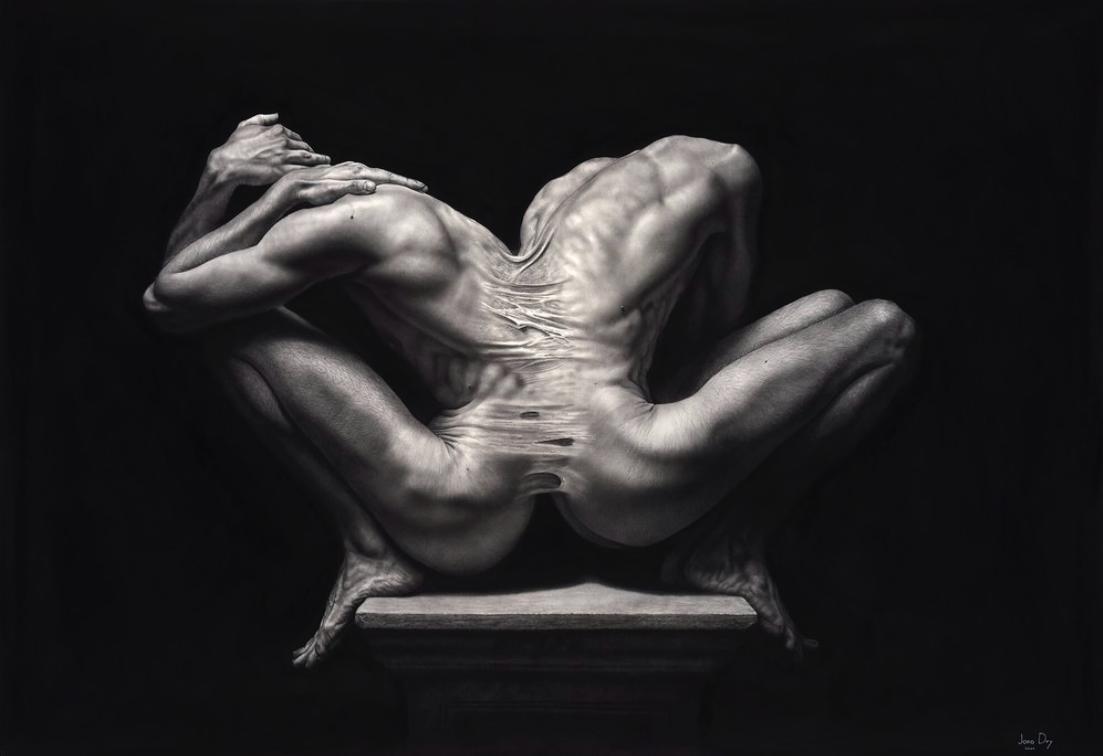
How long does it take you to complete one of your works?
Lately, I have been enjoying working very large, at 164cm x 114cm. It takes anywhere from 2 weeks to 2 months to plan a drawing and then another 2 months to actually draw it. It's hard to put into a box like that, though because of some times through planning one drawing I end up with 2 or 3 concepts I can draw from.
Briefly guide us to your creative process, from conceiving an idea to the finalized drawing.
I begin by planning my work, it takes so long to complete a drawing that I have to be completely sure that I am happy with what I am working on. The planning process includes taking loads of references photos in my studio or out on location. I hire models to help me figure out the poses and lighting
41
Discomposure ► © Jono Dry 2020, 114 x 164 cm, Pencil on paper
I want to use in the work as well as a growing collection of props that are recurring in my work and create a bit of a visual vocabulary.
I then start on the physical side of the artwork, cutting a large piece of paper off the roll, using gum tape and water to stretch it and get it flat.
I use a grid for my outline sketch. On these large drawings, making a mistake here can cost me days of work, so once my outline is perfect (depending on the drawing) I'll black out the background with a heavy layer of graphite and take care not to dirty the areas that will need details. From here I'll pay attention to lighting and shadows, working over the whole drawing fixing any errors that don’t feel right to my eye. Each new texture I encounter has its own way of being solved and often it’s an experiment to try to see how best to get the pencil to represent that texture. Sometimes I’m lucky and it works out easily, other times I have to redraw a few times before I find a way to represent the texture I’m going for. It sometimes takes months to finish a drawing and I go through a whole array of emotions towards the work. I fall in love with it and resent it a few times over. Sometimes I abandon it for a couple of months if it drains me too much and takes it out again when I have built up my confidence again.
These days, social media provides an unparalleled opportunity for artists to connect to their audiences. You often post beautiful behind the scenes time lapses of your work in progress. What is the feedback from your followers?
The feedback is amazing, I think being able to see how the work is created is important especially with hyper-realism. Often people don’t believe it's drawn and having a time-lapse of how its done goes a long way to showing just how much time goes into creating a work like this. I'm then bombarded with questions on why I'm doing certain things, like wetting my paper before I work etc.
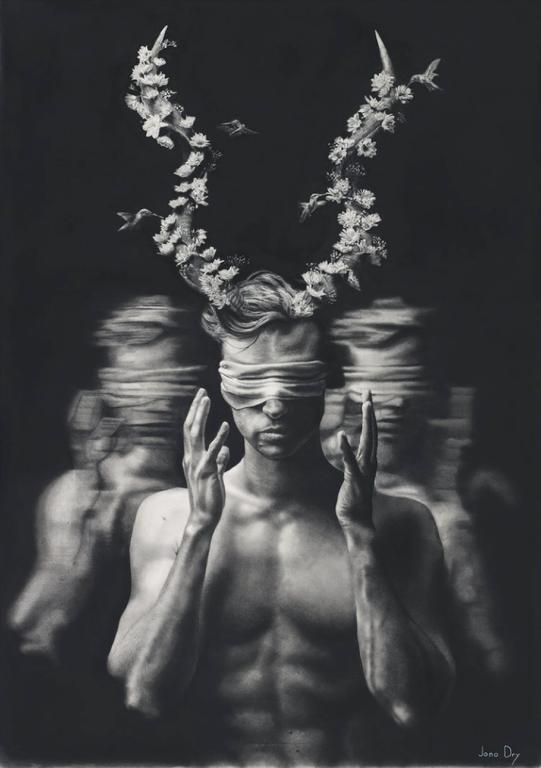
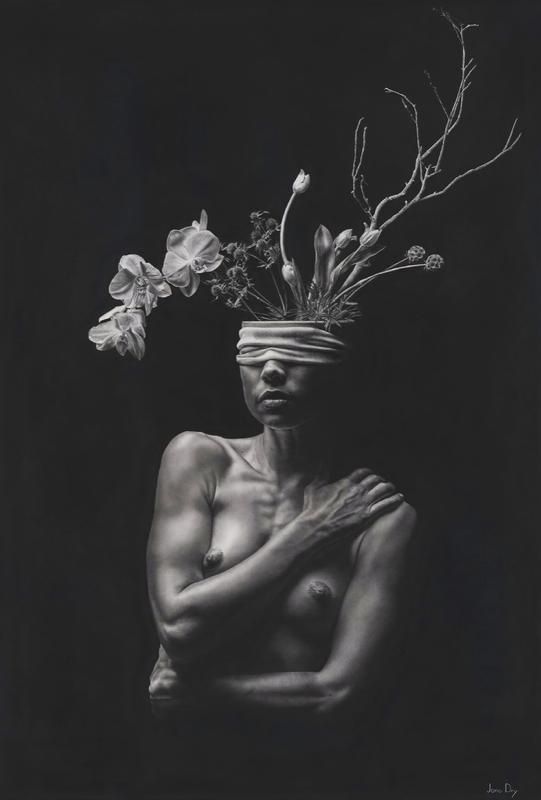
42
Nurtured Nature (Female) ► © Jono Dry 2019, 164 x 114 cm, Graphite on paper
Berkana ► © Jono Dry 2021, 114 x 80 cm, Pencil on paper
I'm not sure, I have my own goals in mind, but in my limited experience, things can change so easily and its best to just go with the flow. No matter what I will just enjoy learning as much as I can. I will be creating things as long as I live and whatever happens around that is anyone guesses.

43
What does the future have in store for Jono Dry?
► © Jono Dry 2017, 164 x 114 cm, Graphite on paper NEXT PAGE: Cocoon ► © Jono Dry 2017, 80 x 114 cm, Graphite on paper
Handle


www.instagram.com/raul_cantu_visual_artist
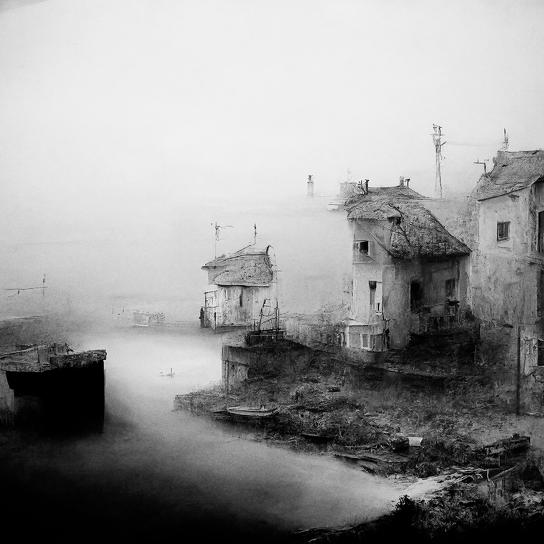


Raúl Cantú is a photographer and visual artist originally from Coahuila, Mexico. A constant for him has been artistic experimentation using technology. His professional career focuses, on the one hand, on visual communication and advertising, and on the other, on art, an area where his extensive research on the possibilities of the image has led him to exhibit his work in several countries. He has been published in specialized art magazines and various books. In addition, he teaches photographic production workshops.
Raúl says “My work converges in the field of optical unrealities, parallel worlds, repetitions, and alternate scenarios. My artistic discourse encompasses the contemplative action of combining time, the eternal and the fleeting, in search of the magical quality of reality. The beams of light intertwined in the glow of the shadows are nothing more than the manifestation of the vertigo of existence. I use technology as a vehicle within the conceptualization of my work”.
45 ► © Raúl Cantú
MEXICO
FEATURED
For some years now, he has had an approach with software that uses artificial intelligence tools and generative algorithms for the production of images. It currently applies this technology for various tasks such as the Creation of alternate scenarios produced by Artificial Intelligence and Generative Antagonic Networks, the Creation of virtual brushes where intelligent algorithms are used for image processing, and the Text Interpretation of an Image using code.
The “Manipulation of the Instant” was a series with post-produced fractals that catapulted Raúl to international galleries and exhibitions, thereby achieving exhibitions in the United States, Italy, Austria, Canada, and France. They continued with some other series based on fractals such as: "Topography of infinity", "Explorations" high-speed photography series of colliding liquid drops such as: "Liquid Expressions", "Ether" macro photography of nature with the use of ancient optics adapted to digital cameras, "Fragmentations" an impressionist series with a multiple exposure technique, infrared landscape photography for "The invisible light" and "Poetics", the latter with the use of specialized Lensbaby optics, a brand used by prestigious artists of the lens in the world and of which Raúl is an ambassador in Mexico.


46
► © Raúl Cantú
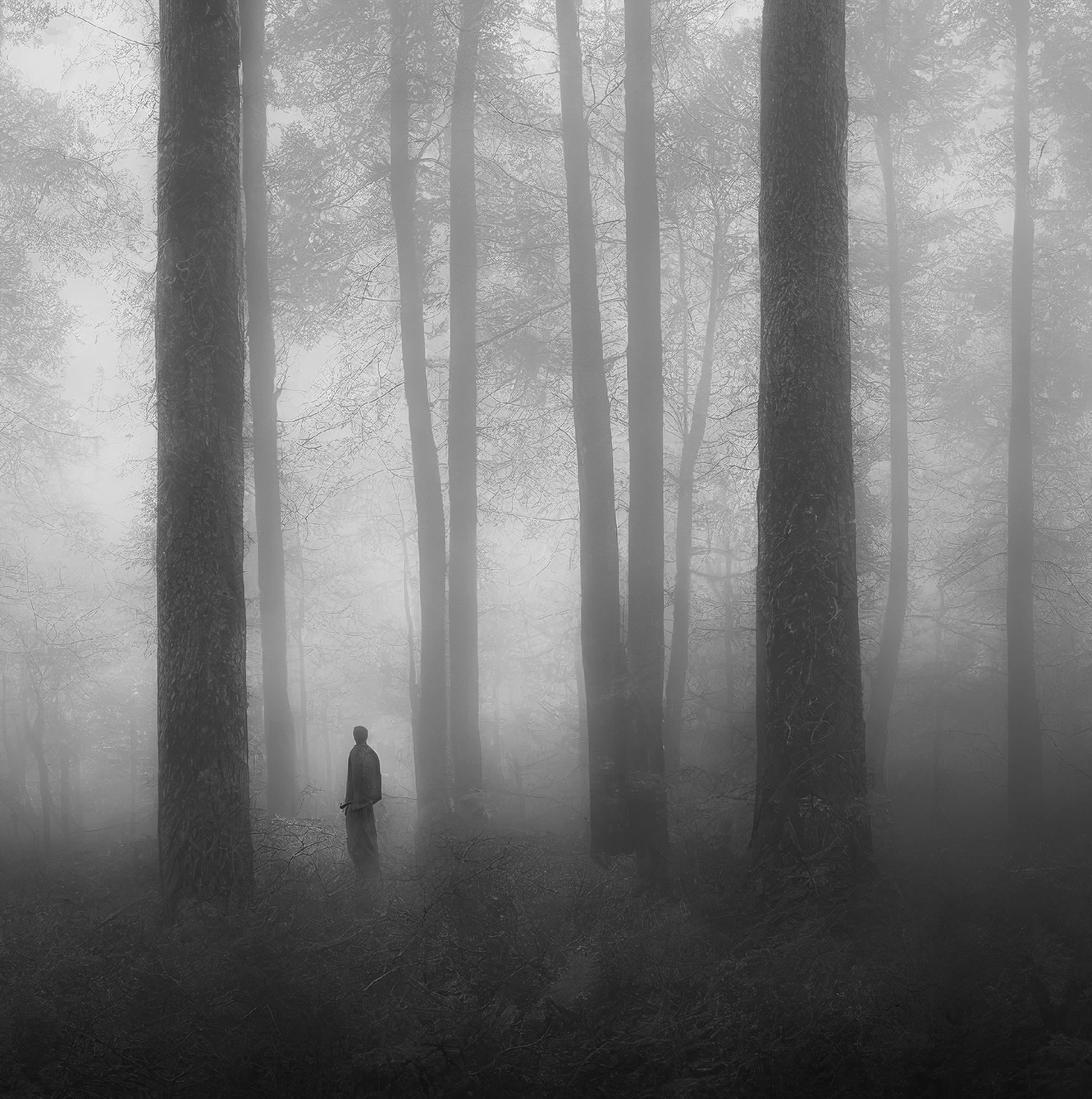







48 ► © Raúl Cantú
G.B. Smith’s photographic journey began over 40 years ago as a teenager learning the fundamentals of the craft in the darkroom and with large plate cameras. This enthusiasm evolved into his first career as an industrial photographer in England. Over time this was intertwined with a passion for travel and entrepreneurship which eventually led him down a path of exploration in countries and cultures throughout the world. A very global citizen, having lived on four continents and worked in six, he now resides in the USA and combines extensive global travel (pre-Covid!) with an embracing of digital image-based creation.
However, he still applies very traditional techniques to this digital process, such as all manual settings shot in medium format and enjoying the serenity and mindfulness that comes with long exposures and more simplistic “film-centric” workflows. Born in an industrial heartland many of his studies gravitate towards man-made structures and forms interacting with their natural habitat. His International award-winning images have been published in a wide range of media; he is a lifelong member of the Royal Photographic Society.


49 Arches Of Infinity ► © G.B. Smith
UNITED STATES FEATURED
www.gbsmith.com www.instagram.com/g.b.smith.photography
PATHWAYS, a much anticipated large format book of G.B.Smith’s work is being published in spring 2023 by Homewood Photo Press. It features selected works from his current collections, including many of his more recent award-winning images.



“I always endeavor to take the viewer through a journey of the image, using light to illuminate patterns and forms as signposts along a pathway between elements. My subject interpretation and initial field visualizations are informed and led by these flows. In essence, I try to distill the picture down to its uncluttered form and flows, to simplify the PATHWAYS” - G.B.Smith
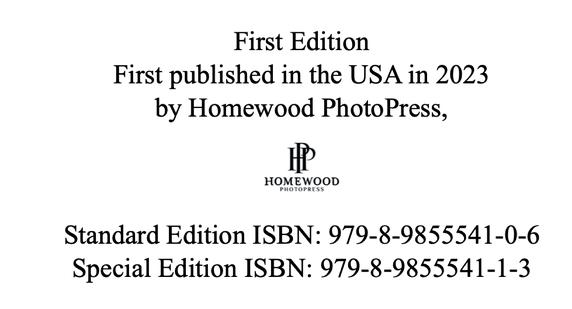
50
White Piers ► © G.B. Smith



51
Bright Horizons ► © G.B. Smith
Forgotten Platform ► © G.B. Smith NEXT PAGE: Veteran Arches
►
© G.B. Smith Broken Pathway ► © G.B. Smith




 Chemical Bay ► © G.B. Smith
Forgotten Platform ► © G.B. Smith
Pathway To Light ► © G.B. Smith
Glowing Pathway ► © G.B. Smith
Chemical Bay ► © G.B. Smith
Forgotten Platform ► © G.B. Smith
Pathway To Light ► © G.B. Smith
Glowing Pathway ► © G.B. Smith
 by Irina Iacob
by Irina Iacob
This world is full of surprises and everything that surround us can teach us something. All that’s vivid is a wonder, we just have to look closer. An ordinary activity made by a stranger near us, a couple of boys playing football, a mother carrying her baby, daily activities and lots of passers-by – they all speak about a specific cultural identity.
A Photographer born in Spain, of French nationality, has redefined this concept by portraying a South African atmosphere. Gregory Escande studied Arts in Aix-en-Provence and Marseille, obtaining a Bachelor's degree in Visual Arts and Education. These studies allowed him to travel many times and worked in amazing different places like Japan, Zimbabwe and Mozambique.


Having these extraordinary cultural experiences and coming into direct contact with various influences, helped him to capture the true essen ce of this place we all call Earth. And he did that in order to tell everyone that every day spent right here is worth living. Some of his visual adventures were put together in collective

ARTICLE www.instagram.com/photo_in_moz
► © Gregory Escande
exhibitions and he had some collective shows in Aix-en-Provence and Italy.

Gregory Escande always wanted something extremely intense for him. This is the reason why he decided to leave behind everything he knew about European living and chose South Africa. What a spectacular choice!
Therefore, he is a Spanish who teaches French at the American International School of Mozambique (AISM). You could say that now, living out there in South Africa, he is a citizen of Mozambique. But that would not be entirely true because he is a citizen of a wonder. If there’s a place where magic and wonder come as one, that will be Mozambique - a country full of miracles beyond everything.
Have you ever thought about the fact that technology can be kissed by emotion? Well, it can. This photographer shows throughout his lens that emotion still exists. Pure smile, kindness, pure joy, empathy, love, humanity – all these are not lost, these are living inside of us and they are all like a puzzle creating a map that speaks about cultural influences.
Gregory points out what’s good and shining in all the passers-by he captures by telling true stories about Mozambique harsh reality. He reaches a particular narrative level by presenting a rough honesty towards poverty and survival. But what’s impressive in all these tragic social contexts? The fact that staying humble it gives to all the people of Mozambique an unique light. It’s actually a paradox here: Gregory Escande plays with shadows that reveal a battle for survival. And he adds to this process a new perspective, one that returns you, the viewer, a hope.
Through Gregory’s camera we explore streets, atmospheres and rhythms. A semi-presidential constitutional republic, having around 29 million people, Mozambique remains one of the poorest

55
► © Gregory Escande
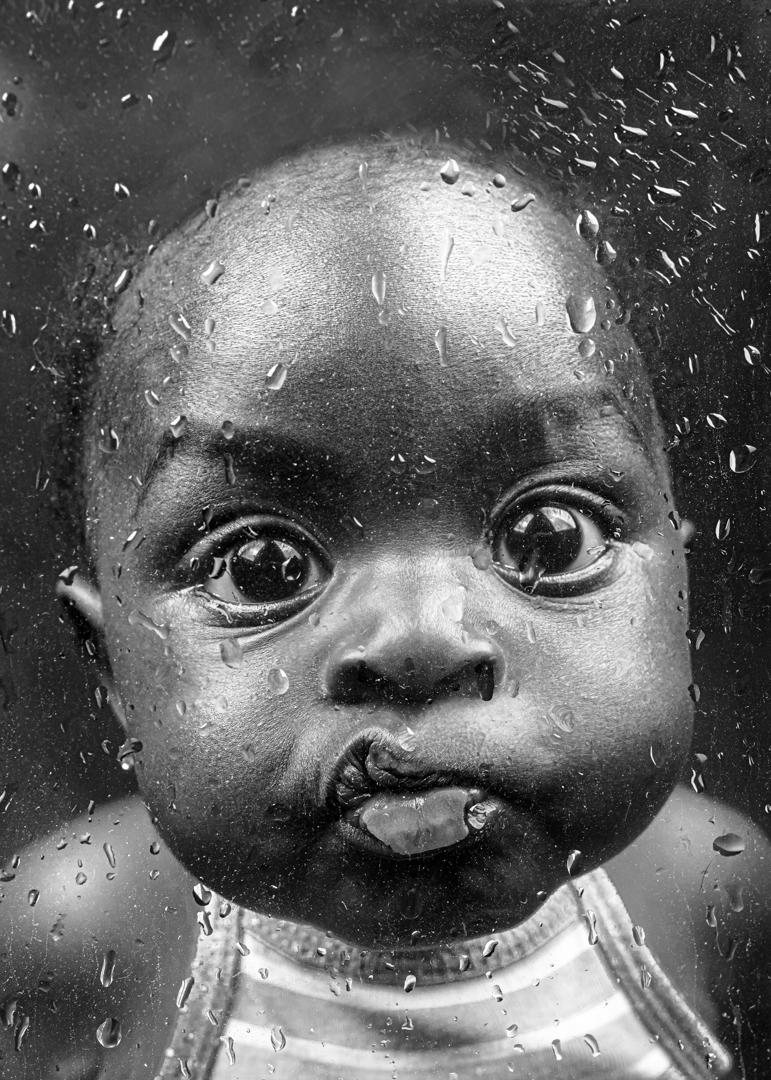
and most undeveloped countries in the world, a place where water source is still a problem. The lack of resources and facilities made Escande want to explore South African way of living. He is a real storyteller and his aesthetical narrative offers to the viewers unique African portraits.
He surprises African children playing football or going to school, lots of mothers carrying their babies while selling bread or fruits. His visual narratives talk about street life, he’s a street observer. Besides his motherhood captures, he depicts people walking with bare feet, carrying water bottles. Daily activities, lots of colors, street portraits, human portraits, emotions, smiles, moods, simple people sending pure joy in this perverted world.
It’s such an amazing mechanism to be able to capture genuine joy and love in the middle of a real battle for survival, in a place where people stay humble although they’re all facing poverty. It’s a life lesson and it screams for simplicity throughout its essence.

57
► © Gregory Escande
The portraits he takes have a specific energy because it’s something distinct in the way all smile. People seem different in his photos, but they all have the same glance. And it’s speaking about hope; there is still hope for love, there is still humanity and beauty in this world. The social and political contexts, the poverty, the water problem, the cultural identity, the Portuguese, Indian and Arab influences can be easily observed in the way women dress themselves. They all have a ‘’capulana’’, which refers to that part of their dresses where they carry their babies.

58
► © Gregory Escande
Gregory’s line ‘’Mwana Wa Xikwembo’’ refers to ‘’Mwana’’, an African dialect who characterizes people from Mozambique, called ‘’children of God’’. Moreover, he uses a Latin dictum: ‘’Humilitas occidit superbiam’’. This can be translated like this: ‘’Humility has slain pride’’. By using this Latin dictum, Escande wants to narrate, visually speaking, with respect to humility in terms of commandment. Humility has to be a divine commandment for us. For Mozambique it definitely is.
It’s so very interesting this religious field he examines through his aesthetic tones. Beside this, the photographer uses that Latin dictum in order to add a mystical, religious and historical element to his camera analysis. ‘’Humilitas occidit superbiam’’ can be also found in Caravaggio’s ‘’David with the Head of Goliath’’ painting. Examining David’s sword, we discover that it has an abbreviated inscription, ‘’H-AS OS’’, that leads to the idea of humility and staying humble. David can be acknowledged as being Jesus, while Goliath can be acknowledged as being the evil. So, Jesus defeats evil. And it’s because of our pride we became so distant from God. But every individual can be humble and pure once again by returning to Him, precisely through humility, simplicity, kindness and love – Ecce Homo!

59 ► © Gregory Escande
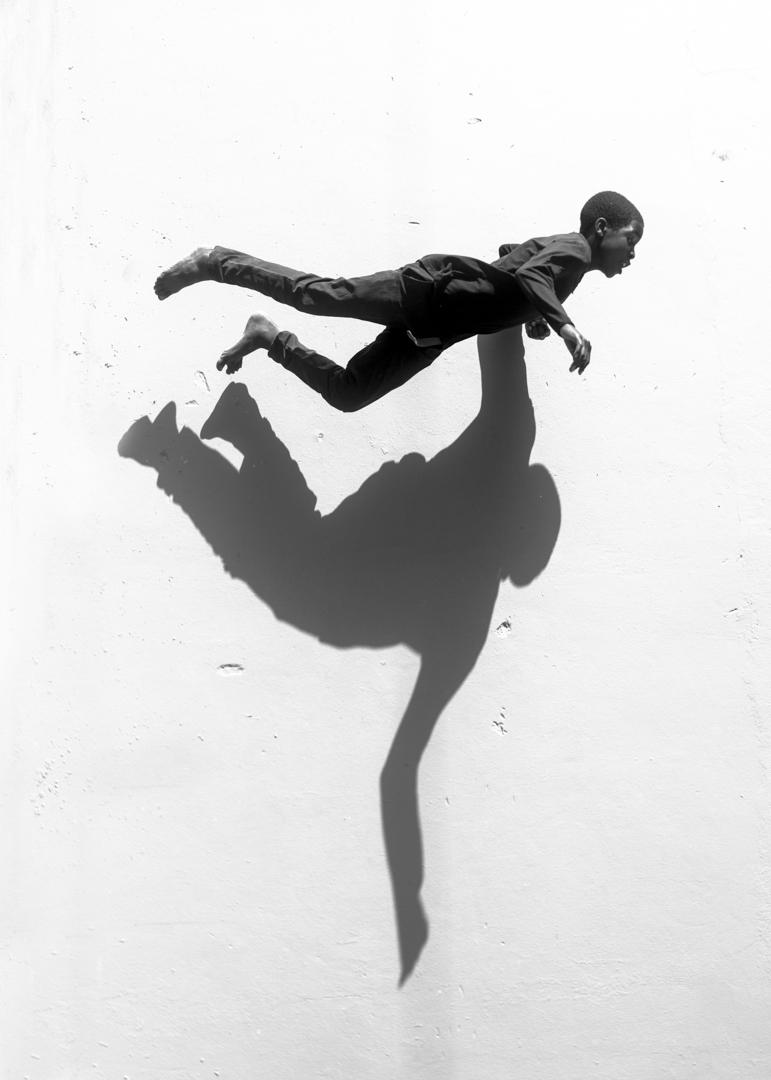
► © Gregory Escande

"My works are a collection of stories from my life that I am documenting and I know telling this story will give others hope that they are not alone."

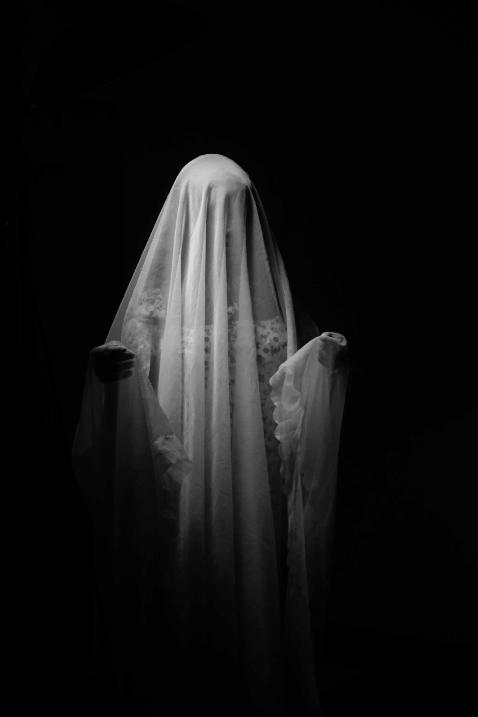
 Nigerian Photographer Bade Fuwa is also an independent and published Designer, stylist and writer. He currently works as a creative director and contributor for local and international magazines spanning fashion, music, and lifestyle.
Nigerian Photographer Bade Fuwa is also an independent and published Designer, stylist and writer. He currently works as a creative director and contributor for local and international magazines spanning fashion, music, and lifestyle.
62
NIGERIA FEATURED
www.badefuwa.darkroom.com
Cain ► © Bade Fuwa I don't belong here ► © Bade Fuwa PREVIOUS PAGE: Reanitance ► © Bade Fuwa
Solomon's bride ► © Bade Fuwa





NEXT PAGE: Cain ► © Bade Fuwa ► © Bade Fuwa
► © Bade Fuwa
► © Bade Fuwa
07
► © Bade Fuwa



hanyhossameldin


www.nic-keller.ch
Nic Keller is a fine art photographer from Switzerland. She practices photo manipulation as a complement to her profession in an educational institution. Nic Keller creates manipulated photos from many of her own photographs, which she then puts together to create a new picture, thus creating surreal images. She preferably designs her photos in black and white. When creating a photograph, she focuses on emotions and dreams. contrasts characterize the design of her pictures. In her compositions, there is often a flock of birds and clouds. They are used as symbols for emotions and dreams. These elements are complemented by the mostly small people depicted as silhouettes.
Using photo manipulation Nic Keller uses the possibility to play creatively with the visual language, to communicate, and to connect her image of reality with the reality outside the camera. With her surreal photos, Nic Keller succeeds in creating an atmosphere and thus touching the viewer.




68 PREVIOUS PAGE: Through the Gate ► © Nic Keller
Walking to the Light ► © Nic Keller
Switzerland FEATURED



69
Leap to Freedom ► © Nic Keller
Tree in the Rain ► © Nic Keller
Be Happy ► © Nic Keller
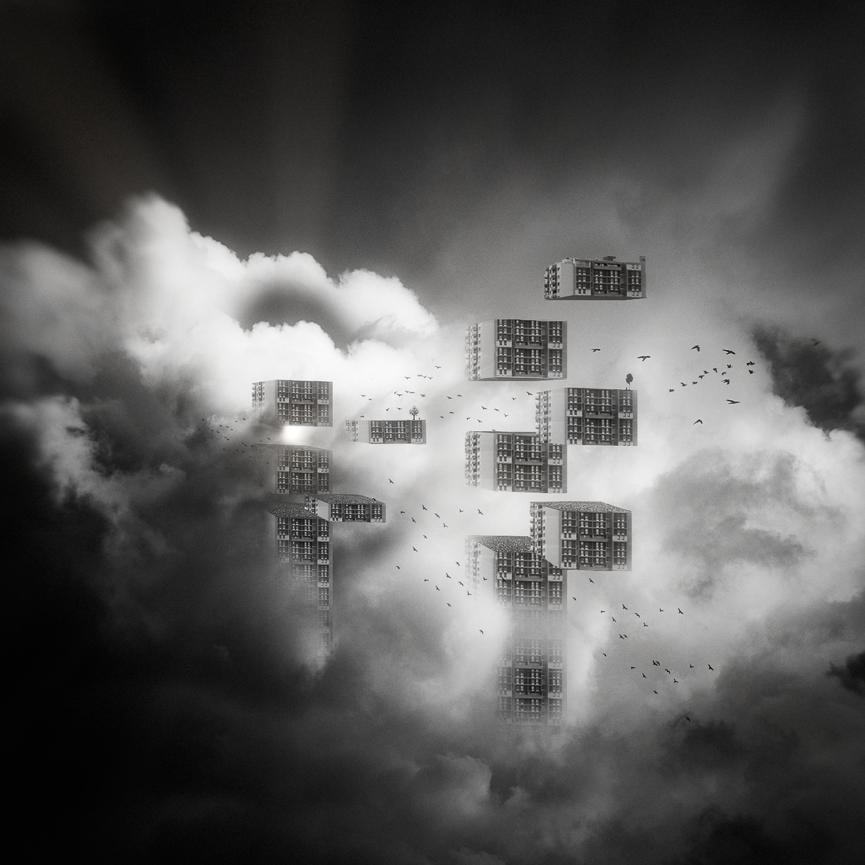



70
It's Time to Go ► © Nic Keller
Flying Home ► © Nic Keller
www.christindim.com
Christina Dimitrova was born in Bulgaria. Although she recently started in the photography world, Christina has demonstrated her talent in each of her black and white captures. In the beginning, photography was just a hobby, now this passion has become her profession and life.


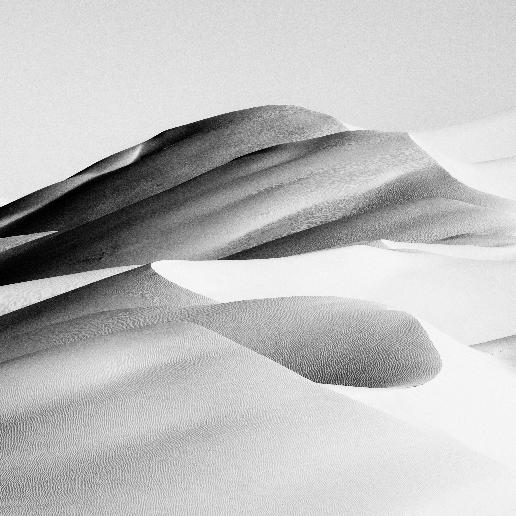
Her work takes her to different countries, cultures, cities, and places. Walking the streets, looking through the camera viewfinder, photographing faces, people and listening to their stories is what Christina loves and wants to do. Her personal projects are focused on the investigation of people's daily lives and their identity in the global world.
Christina is and continues to be a restless spirit and her photos are an expression of it, there is no doubt that her camera is the mirror of her inner world.
71 ► © Christin Dim
BULGARIA
FEATURED



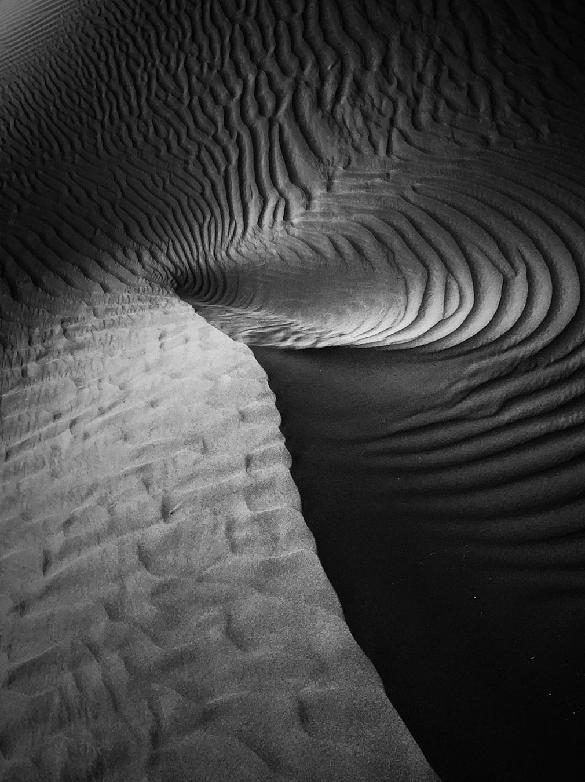
73
► © Christin Dim
► © Christin Dim
► © Christin Dim


74
► © Christin Dim
► © Christin Dim







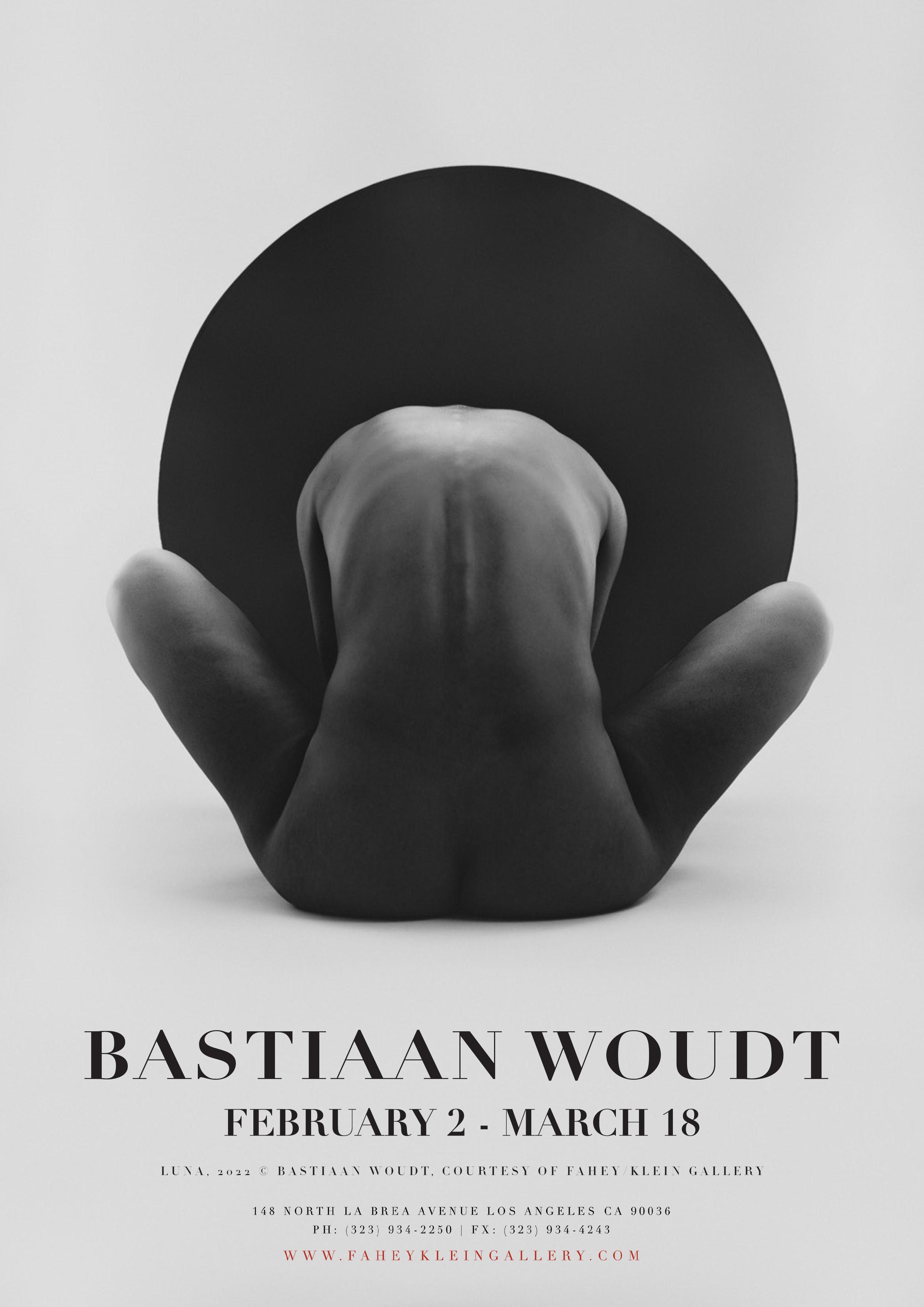























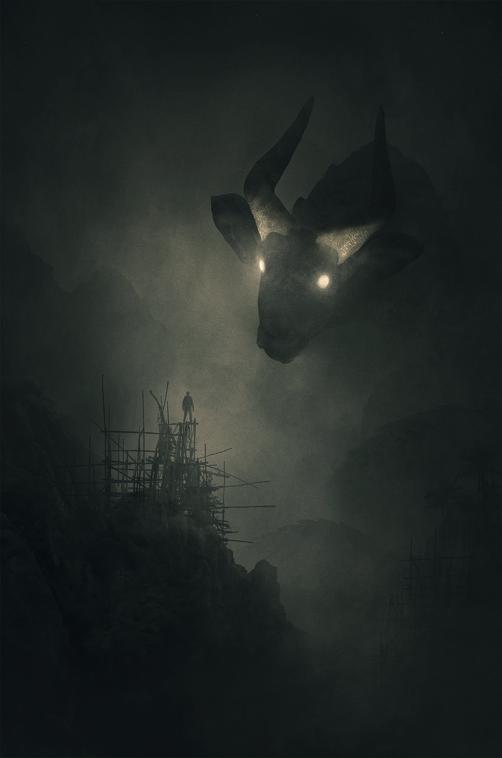

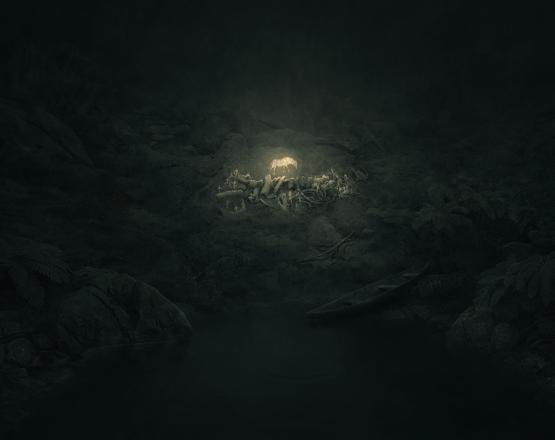

 It's Not Over ► © Dawid Planeta
The Truth ► © Dawid Planeta
Control ► © Dawid Planeta
It's Not Over ► © Dawid Planeta
The Truth ► © Dawid Planeta
Control ► © Dawid Planeta



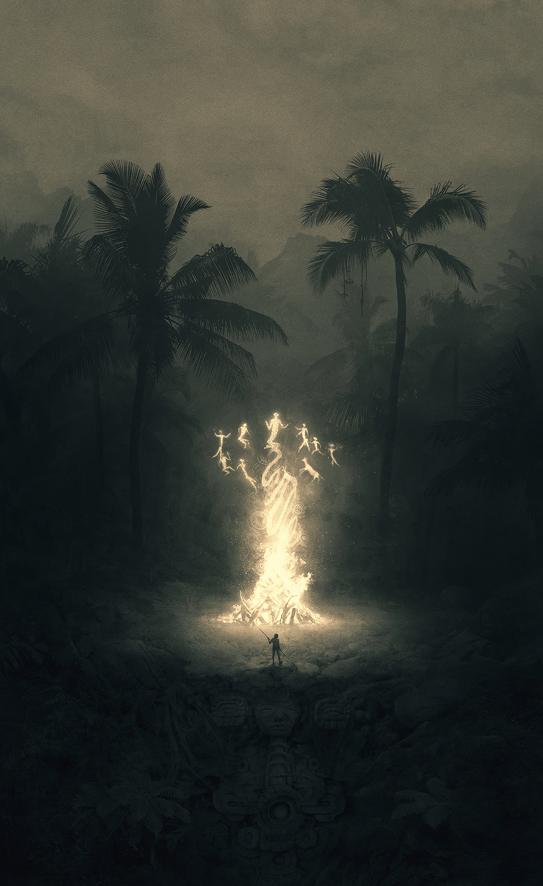


































 PREVIOUS PAGE: Padmini, India ► © Norbert Becke
Man from Varanasi, India ► © Norbert Becke
Red Dao Girl, Vietnam ► © Norbert Becke
PREVIOUS PAGE: Padmini, India ► © Norbert Becke
Man from Varanasi, India ► © Norbert Becke
Red Dao Girl, Vietnam ► © Norbert Becke

 Borana Girl, Ethiopia ► © Norbert Becke Tenzin, Nepal ► © Norbert Becke
Man with Alpaca, Ecuador ► © Norbert Becke
Borana Girl, Ethiopia ► © Norbert Becke Tenzin, Nepal ► © Norbert Becke
Man with Alpaca, Ecuador ► © Norbert Becke



































 Chemical Bay ► © G.B. Smith
Forgotten Platform ► © G.B. Smith
Pathway To Light ► © G.B. Smith
Glowing Pathway ► © G.B. Smith
Chemical Bay ► © G.B. Smith
Forgotten Platform ► © G.B. Smith
Pathway To Light ► © G.B. Smith
Glowing Pathway ► © G.B. Smith
 by Irina Iacob
by Irina Iacob











 Nigerian Photographer Bade Fuwa is also an independent and published Designer, stylist and writer. He currently works as a creative director and contributor for local and international magazines spanning fashion, music, and lifestyle.
Nigerian Photographer Bade Fuwa is also an independent and published Designer, stylist and writer. He currently works as a creative director and contributor for local and international magazines spanning fashion, music, and lifestyle.

























